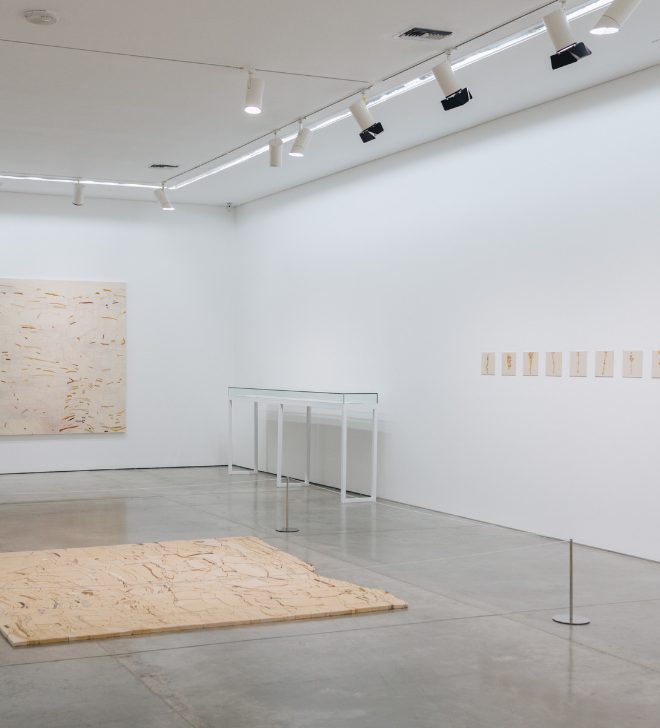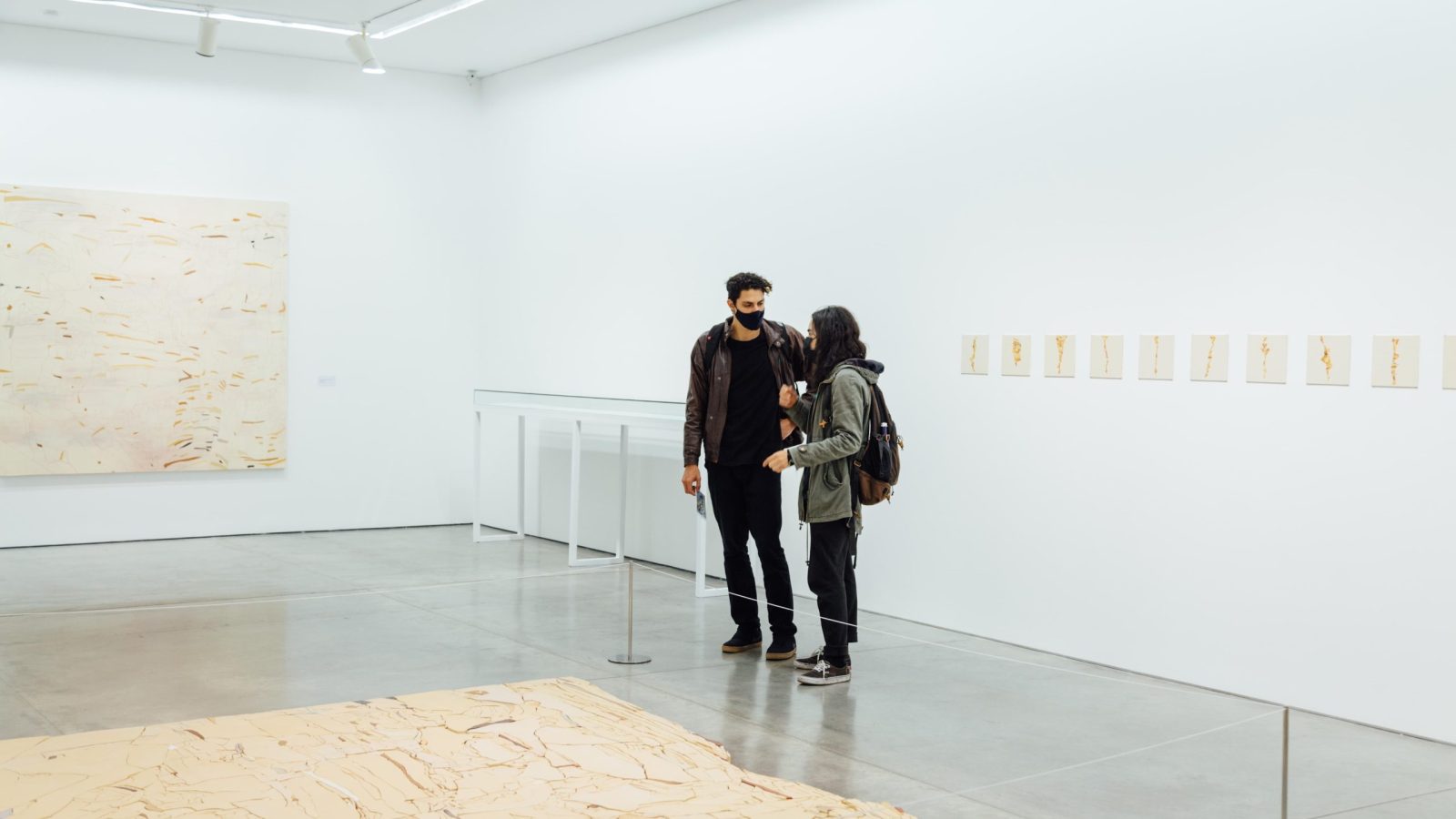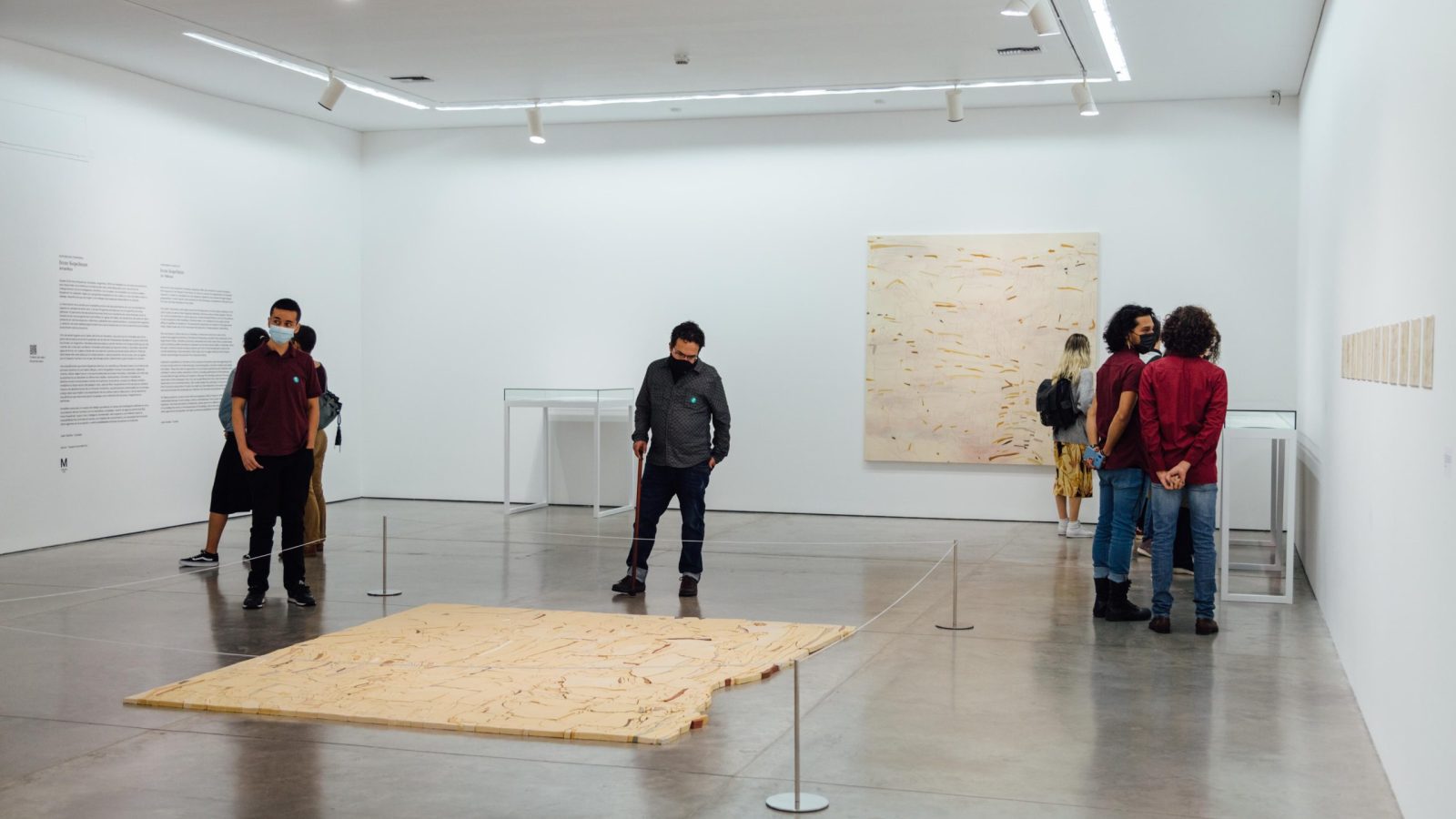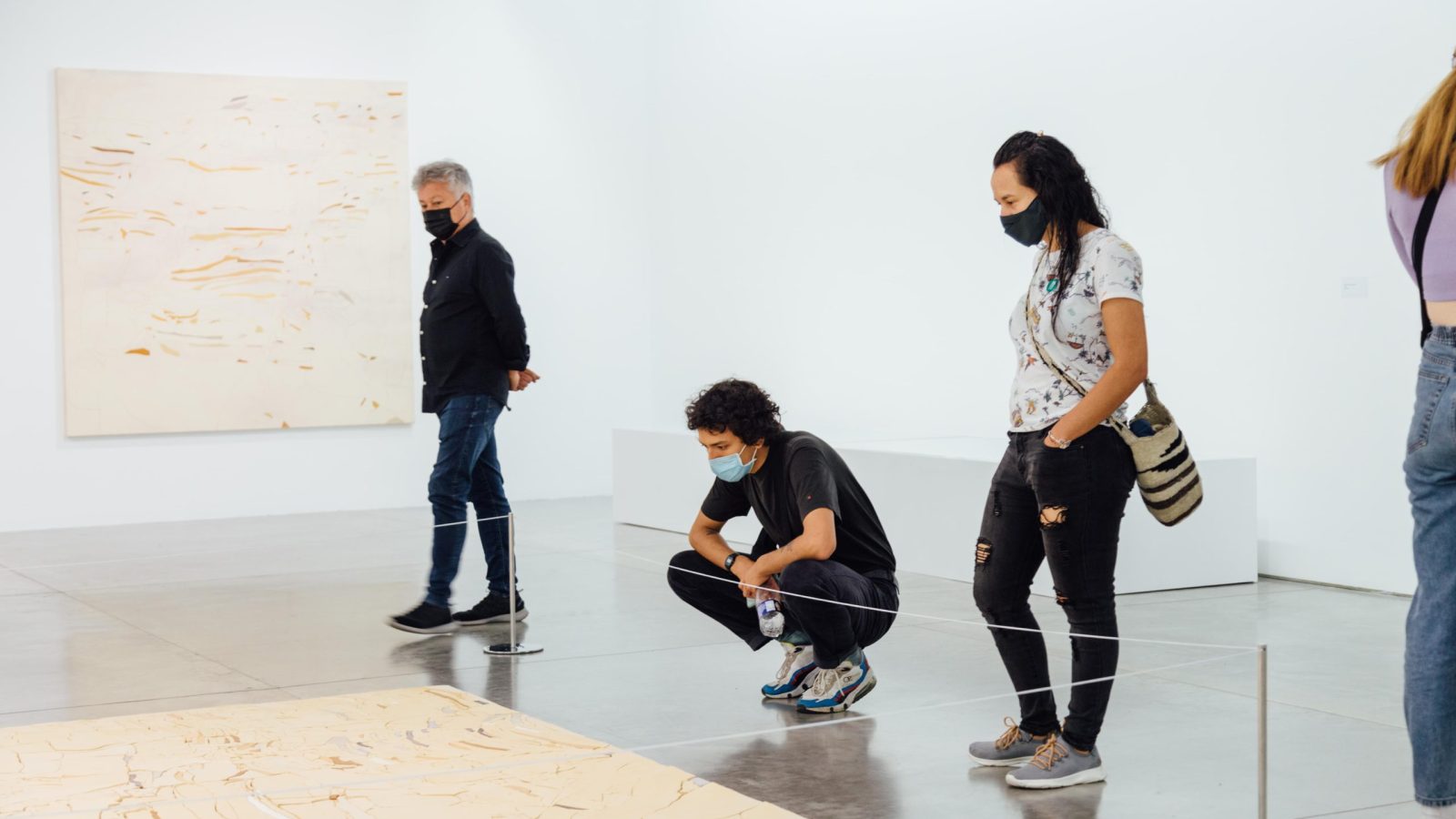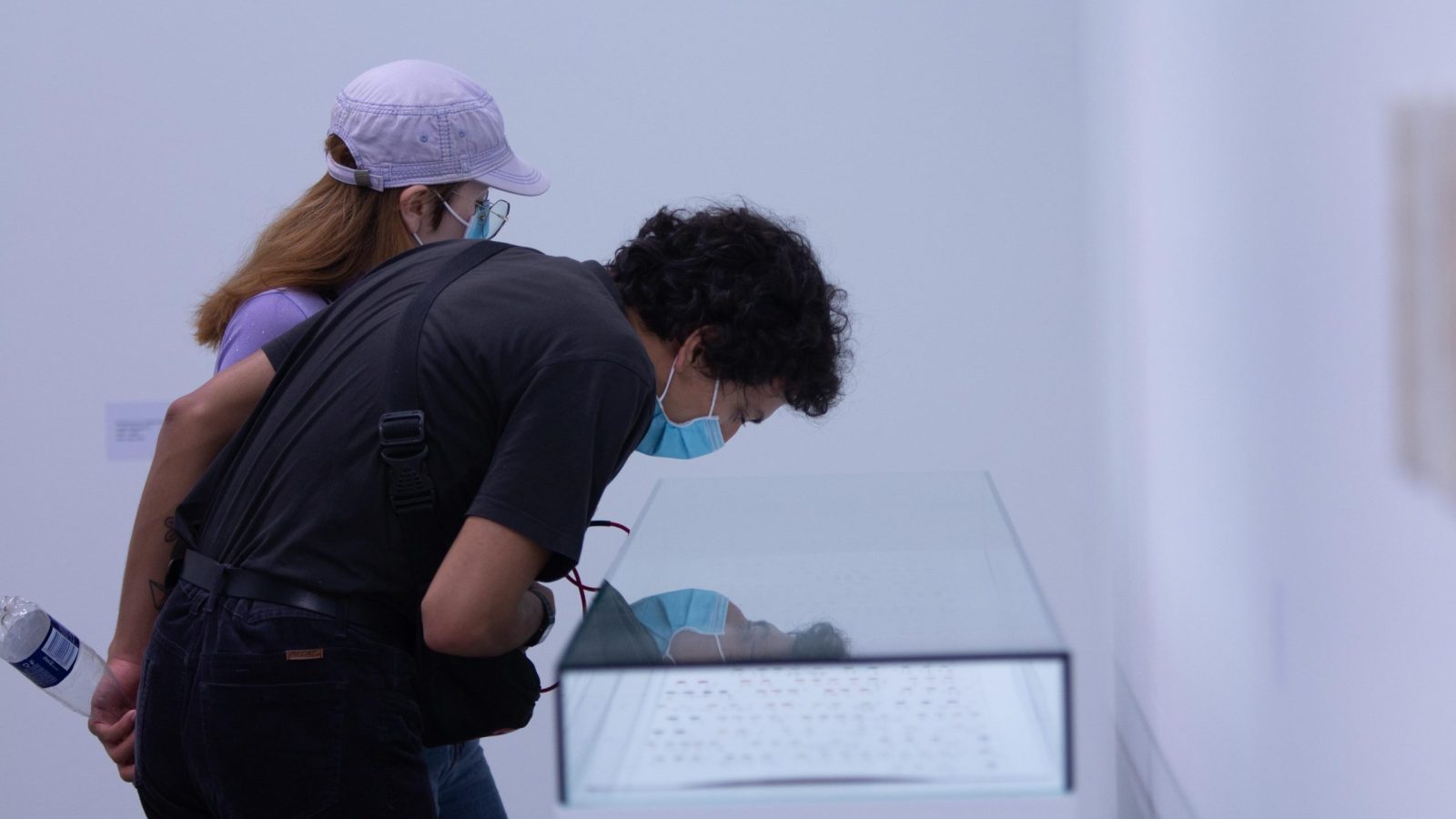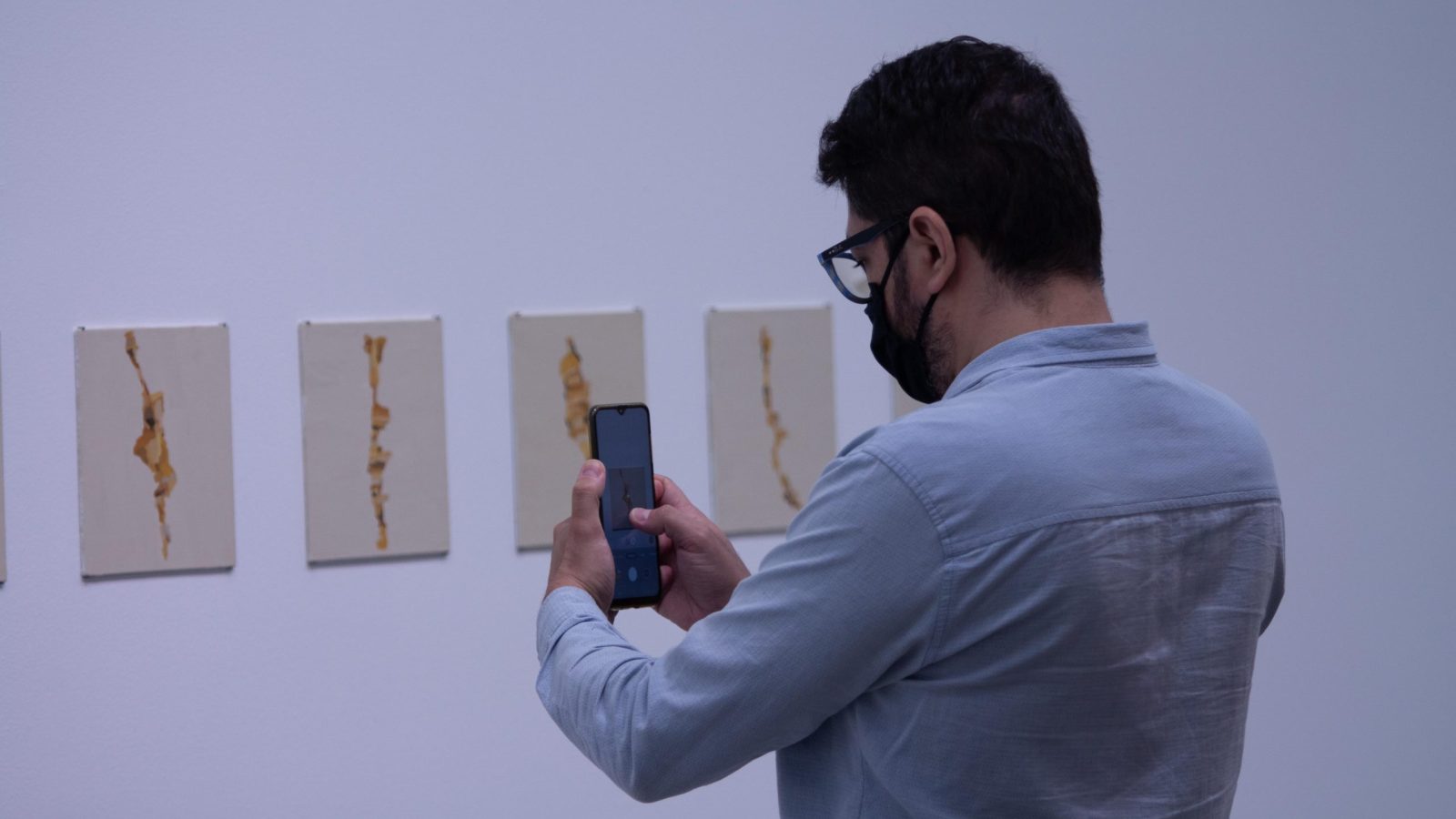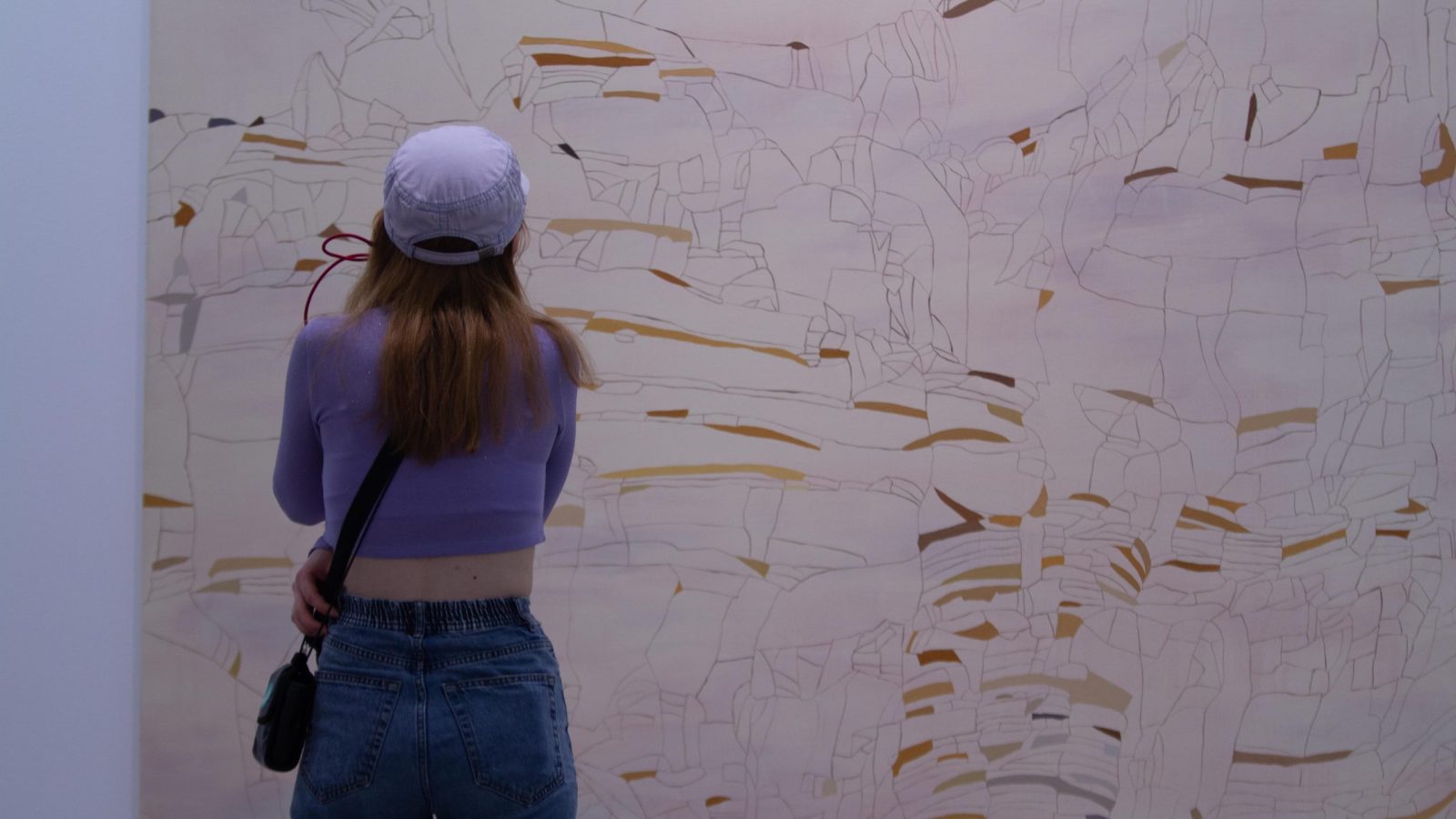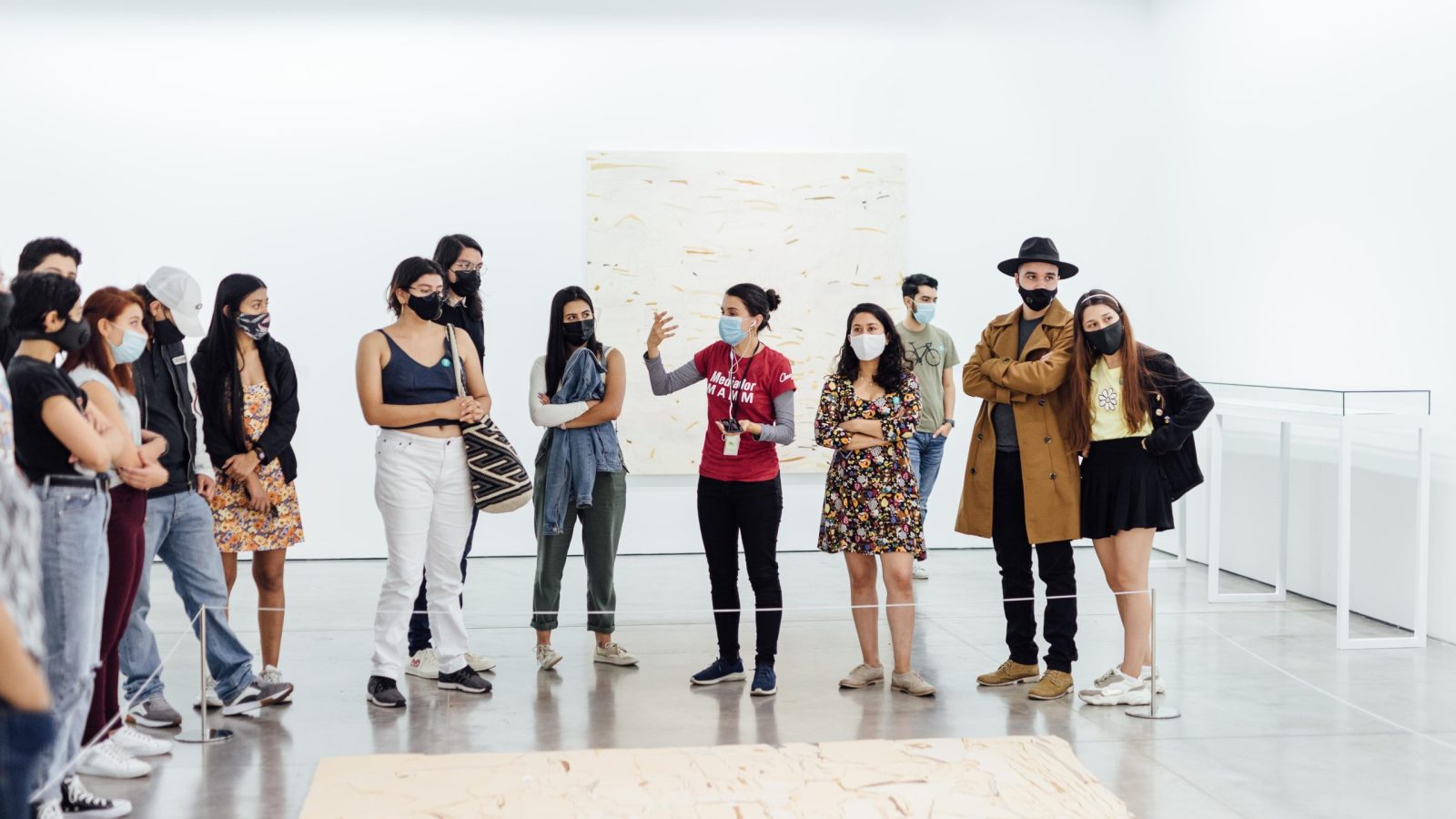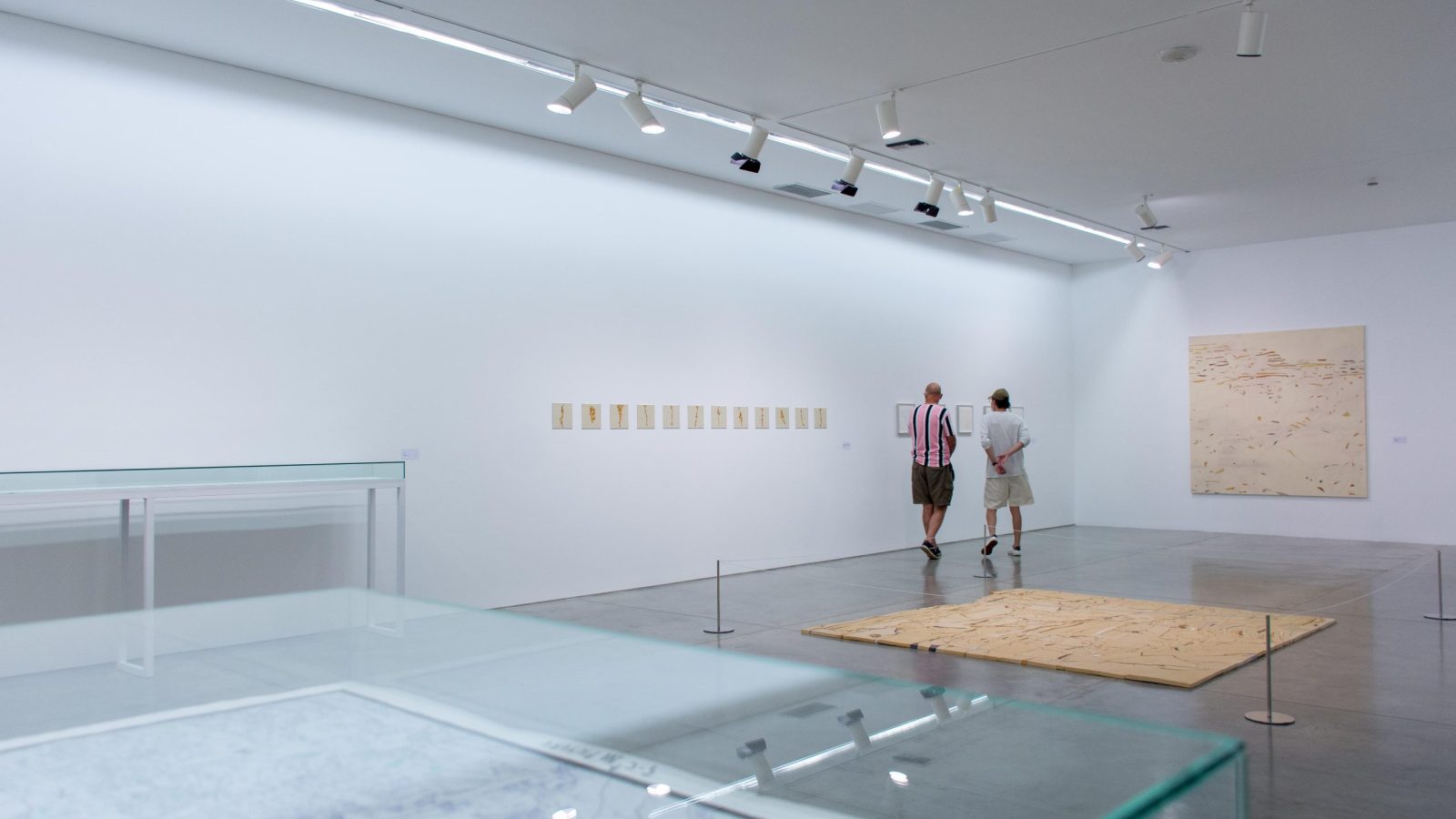El panorama donde predomina este tinte es el resultante de varios factores como la presencia de microorganismos (termófilos) en aguas termales, las variaciones del óxido de hierro presente en dichos espacios y distintas cualidades de la piedra arenisca. La excepcional magnitud y variación de esta realidad pigmentada hace que la escala sea uno de los elementos primordiales al acometer estos proyectos.
Uno de estos lugares es el Cañón del Ocre en Famatina, una zona rica en minerales que forma parte del actual promontorio quebrado de las Sierras Pampeanas ubicadas en la parte central de los Andes, en Argentina. Famatina está asociada en primer término con el agua ácida que se crea cuando las rocas que contienen minerales sulfurados se exponen al aire y a la acidez natural del agua de lluvia, los cuales a través de una reacción química producen ácido sulfúrico. Parte de este desarrollo está dado por la meteorización o descomposición de las rocas, pero se agrava por el impacto humano con el uso del drenaje ácido y disolventes a gran escala en la minería.
Las expediciones que Irene Kopelman efectuó con científicos a Famatina fueron el comienzo del proceso durante el cual realizó dibujos, tomó fotografías e incluso creó planchas o tablas de colores. Estos viajes fueron una oportunidad para acumular vivencias y materiales, de modo que la experiencia se desdobló en diferentes medios, resoluciones y formatos, incluidas las abstracciones incorporadas a través de la pintura y la escultura. Aunque los dibujos nacieron mediante la observación del paisaje in situ, este se filtró visualmente en formas que se volvieron retazos de abstracciones de un inmenso horizonte. Las pinturas las contextualizó en un proceso a largo plazo que implicó una exploración de los colores (casi su disección) y de los elementos escultóricos que deconstruyeron el paisaje como referente de texturas y fragmentos en particular.
Eliminado: Amarillos reúne así un cuerpo de trabajo que abarca un campo de investigación definido en torno a la relación del ser humano con la naturaleza y el paisaje. A partir de algunos elementos fijos, Irene Kopelman -quien vive y trabaja en Ámsterdam- abre espacio a una reflexión sobre la imposibilidad de controlar el mundo, a lo inasible del conocimiento, a la necesidad de incorporar otros agentes en la ecuación y a abrir posibilidades diversas de pensar en el planeta.
Irene Kopelman. On Yellows
Curator: Juan Canela
Since 2012, Irene Kopelman (Córdoba, Argentina, 1974) has worked on a series of projects that respond to her interest in the history of color as a means of categorization for scientific research. In order to consolidate her own analyses, Kopelman has traveled through singular geographies in which a given color prevails over the landscape, an experience that give rise to the work she later develops in the studio.
The artist’s fascination with yellow came from the discovery of a rich variety of places on this color’s scale, as well as their intriguing similarities with the surface of other planets. This tint can come to predominate in a given space as a result of several factors, such as the presence of microorganisms (thermophiles) in thermal waters, the variations of iron oxide, and the different qualities of sandstone. The exceptional magnitude and variation of this pigmented reality makes scale one of the most important elements in these projects’ undertaking.
One such place is Cañón del Ocre in Famatina, a mineral-rich area that is part of the present-day jagged promontory of the Sierras Pampeanas, located in the central part of the Argentinean Andes. Famatina is primarily associated with acidic water that is created when rocks containing sulfide minerals are exposed to air and the natural acidity of rainwater, which through a chemical reaction produce sulfuric acid. Part of this development is due to the normal weathering or decomposition of the rocks, but it is aggravated by human impact, namely acid drainage and solvents from industrial mining.
Kopelman’s expeditions to Famatina in the company of scientists were the beginning of the process during which she made drawings, took photographs, and even created color plates and tables. These trips were an opportunity to accumulate experiences and materials which unfolded in various media, resolutions, formats, including abstractions of the landscape incorporated through painting and sculpture. Although the were born through the observation of the landscape in situ, this was visually filtered into forms that turned into chunks of abstractions of an immense horizon. She contextualized the paintings in a long-term process that involved an exploration of colors (we might say their dissection) and sculptural elements that deconstructed the landscape as a reference for textures and particular fragments.
On Yellows presents a body of work that encompasses a field of research defined around the relationship between human beings, nature, and landscape. From certain fixed elements, Kopelman, who lives and works in Amsterdam, opens space for a reflection on the impossibility of controlling the world, on the elusiveness of knowledge, and on the need to incorporate other agents into the equation and open up diverse possibilities for thinking about the planet.
Apoya / Support provided by:
Mondriaan Fund
On Yellows (fragmento), 2019. Cerámica, 2 x 260 x 250 cm
Fotografía: Ilya Rabinovich
